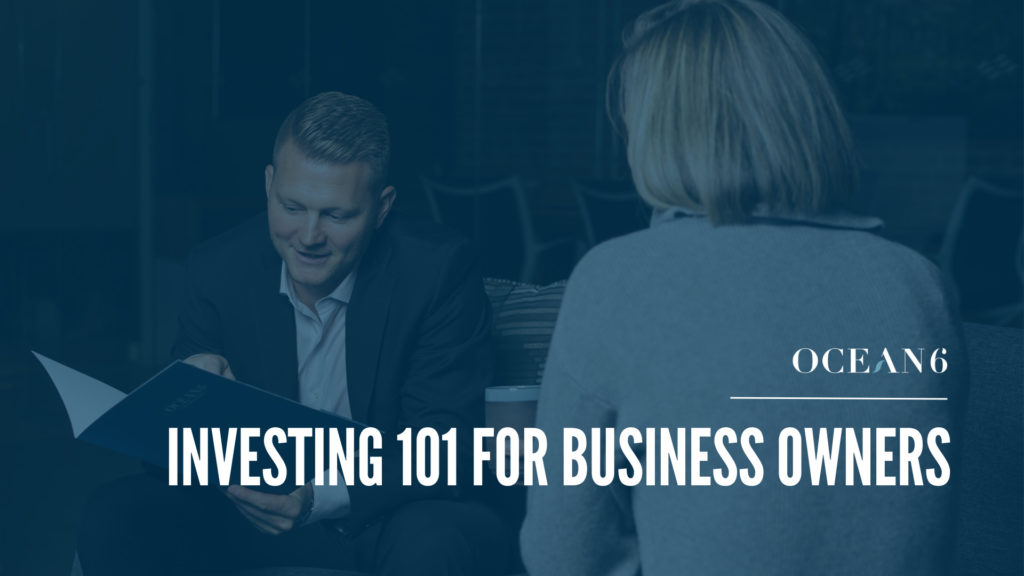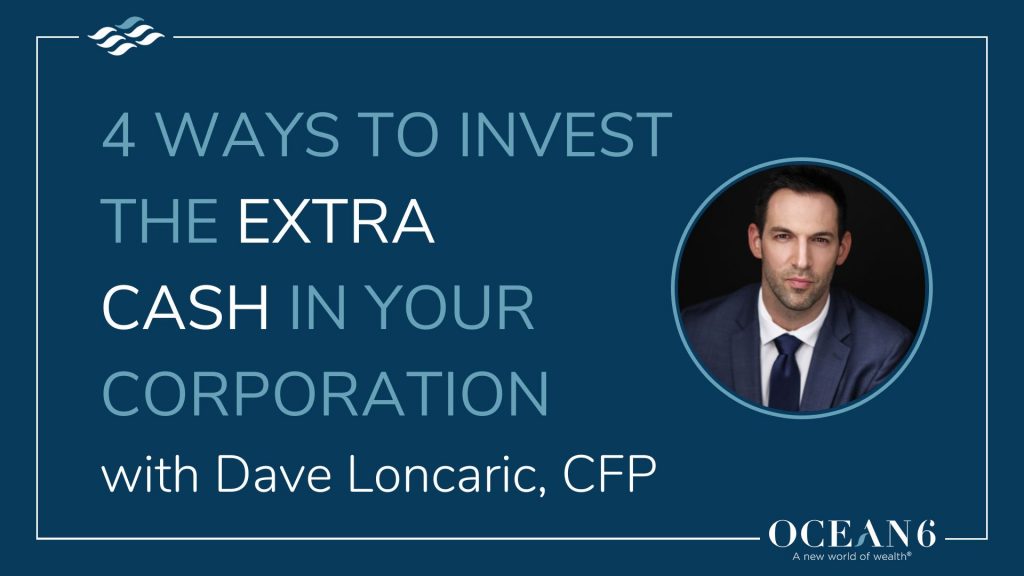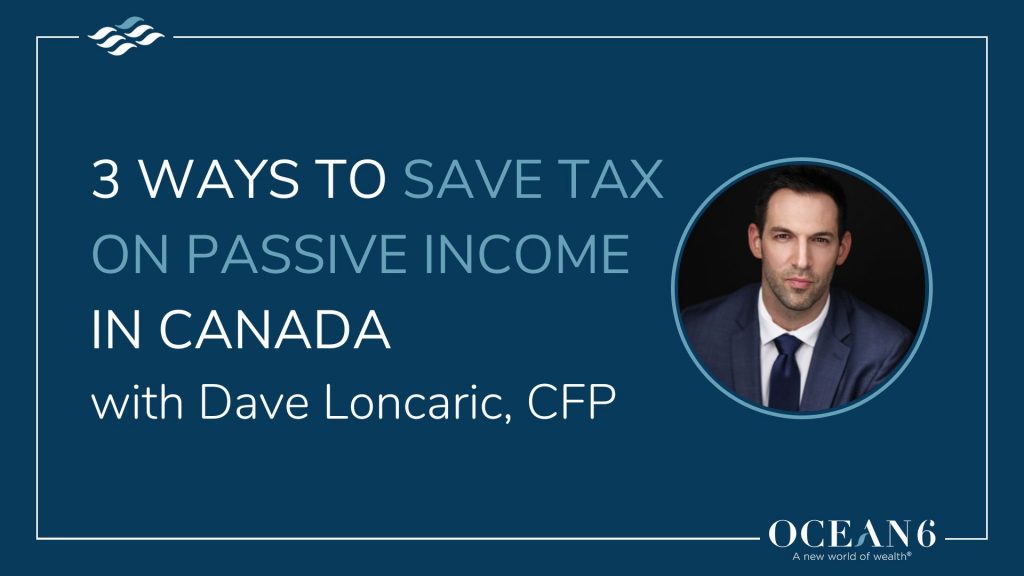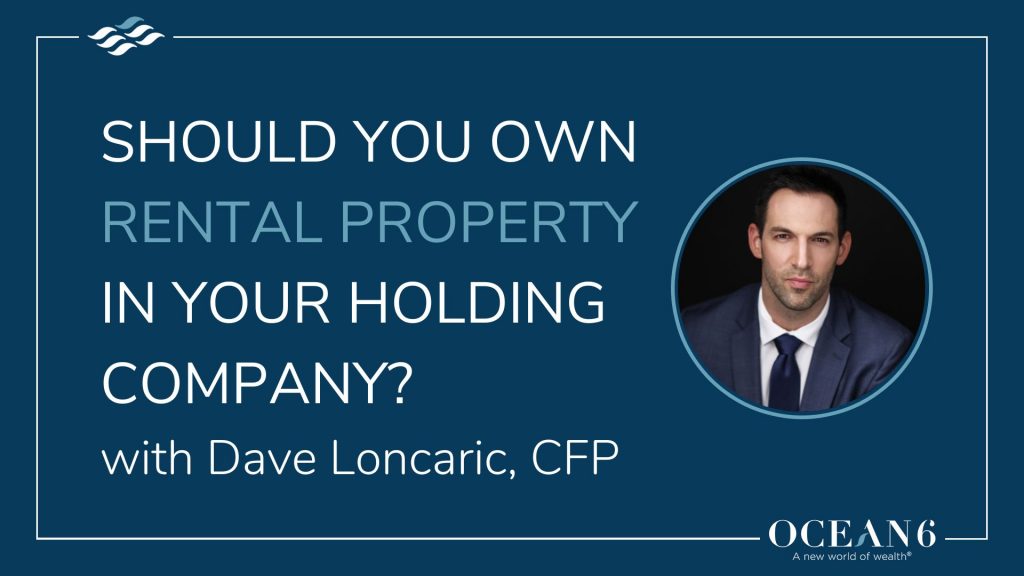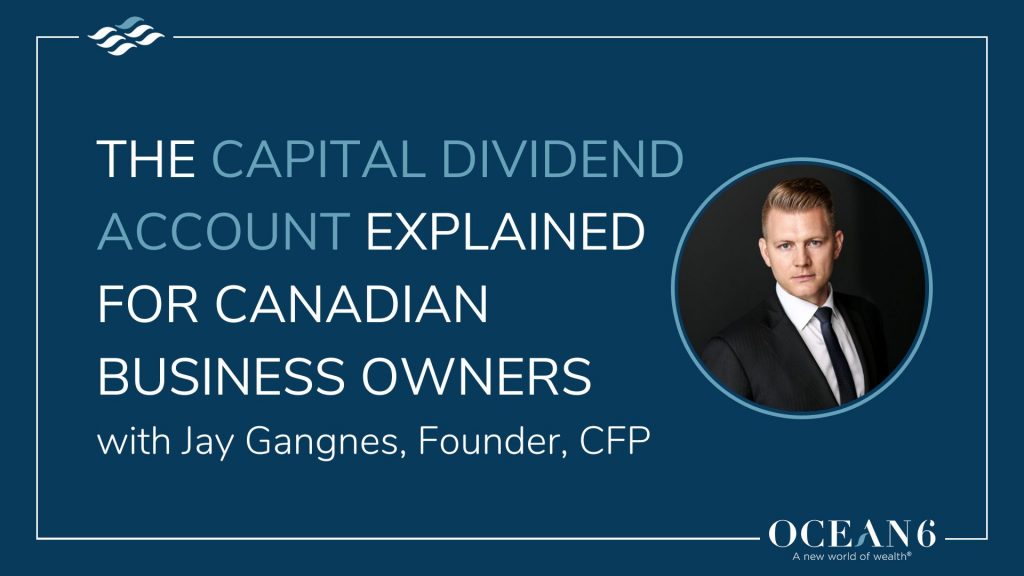What Are Capital Gains?
Capital gains are the profits you make from selling capital property such as real estate, stocks, business assets, units of a mutual fund, or land.
You or your business will realize a capital gain when you sell a capital property for more than its cost plus any expenses incurred. This is known as the adjusted cost base.
A capital gain is only realized when the capital property is sold. If the investment value increases on paper, but you don’t sell the capital property, it’s considered unrealized capital gain and is not taxable.
Here’s a simple example of a capital gain from selling a stock:
You purchased 100 shares of Amazon for $100,000 and sold them for $200,000. Assuming there weren’t any expenses, your capital gain would be $100,000.
Now, another example of capital gains using real estate:
You purchased a property for $500,000 and sold it for $1,000,000, but you incurred $50,000 in expenses. Your capital gain would be $500,000 less the expenses of $50,000, equaling $450,000.
(Looking to maximize the returns on your investment property? Here are three ways to do so)
Capital gains indicate you’ve made a good investment.
Why Are Capital Gains the Preferred Investment Income For Business Owners?
Let’s begin by breaking down the different types of investment incomes.
The three types of investment income:
- Interests: this type of investment income can come from bonds or GICs.
- Dividends: when you invest in stocks, you may receive dividends from the company if it’s performing well.
- Capital gains: this is the profit you make from selling any sort of capital asset.
Out of the three investment incomes, capital gains are taxed more favourably than interests and dividends for business owners. This is because when you earn capital gains on investments held within your corporation in Canada, only half of it is taxable. The tax rate will vary slightly by province, but it’s approximately 50%.
The taxable portion of the capital gains remains in your corporation. You can reinvest it or pay it out to yourself personally as dividends. It will be taxed personally if you choose to take it out as dividends. Although this means you will be taxed twice, there are strategies to help reduce how much tax you pay.
The other non-taxable half can be drawn out tax-free through your corporation’s Capital Dividend Account. That’s right; you pay zero tax on half of the growth from the investment.
Using the Amazon stocks as an example again, you sold your Amazon shares and made a capital gain of $100,000.
Half of the capital gain, $50,000, can be drawn out tax-free through your corporation’s Capital Dividend Account. The other, $50,000, is taxable at around 50%, so CRA gets roughly $25,000.
The remaining $25,000 stays inside your corporation. You can reinvest it or pay it out to yourself personally as a dividend.
This financial planning tip is exclusive to business owners in Canada who own a Canadian-controlled private corporation. Using the Capital Dividend Account effectively can you get you more from your wealth and help reach your goals faster.
(Trying to lower your passive income tax, so you have more money to invest in your goals? Here’s how)
Being Strategic With Your Capital Gains
It’s impossible to avoid taxes on capital gains, but there are strategies to lower your tax bill to the CRA.
One way is to offset your capital gains. If there’s a year where you have more capital losses than gains, you can carry it backward (up to three years) or forward to another year where you have made a lot of capital gain and claim your losses then. By offsetting your capital losses against your capital gains, it helps reduce the tax you pay.
Having a financial planner on your team will ensure you’re carrying out strategies like this properly.
If you want to make the most of your wealth using innovative strategies for business owners, book a call today.




